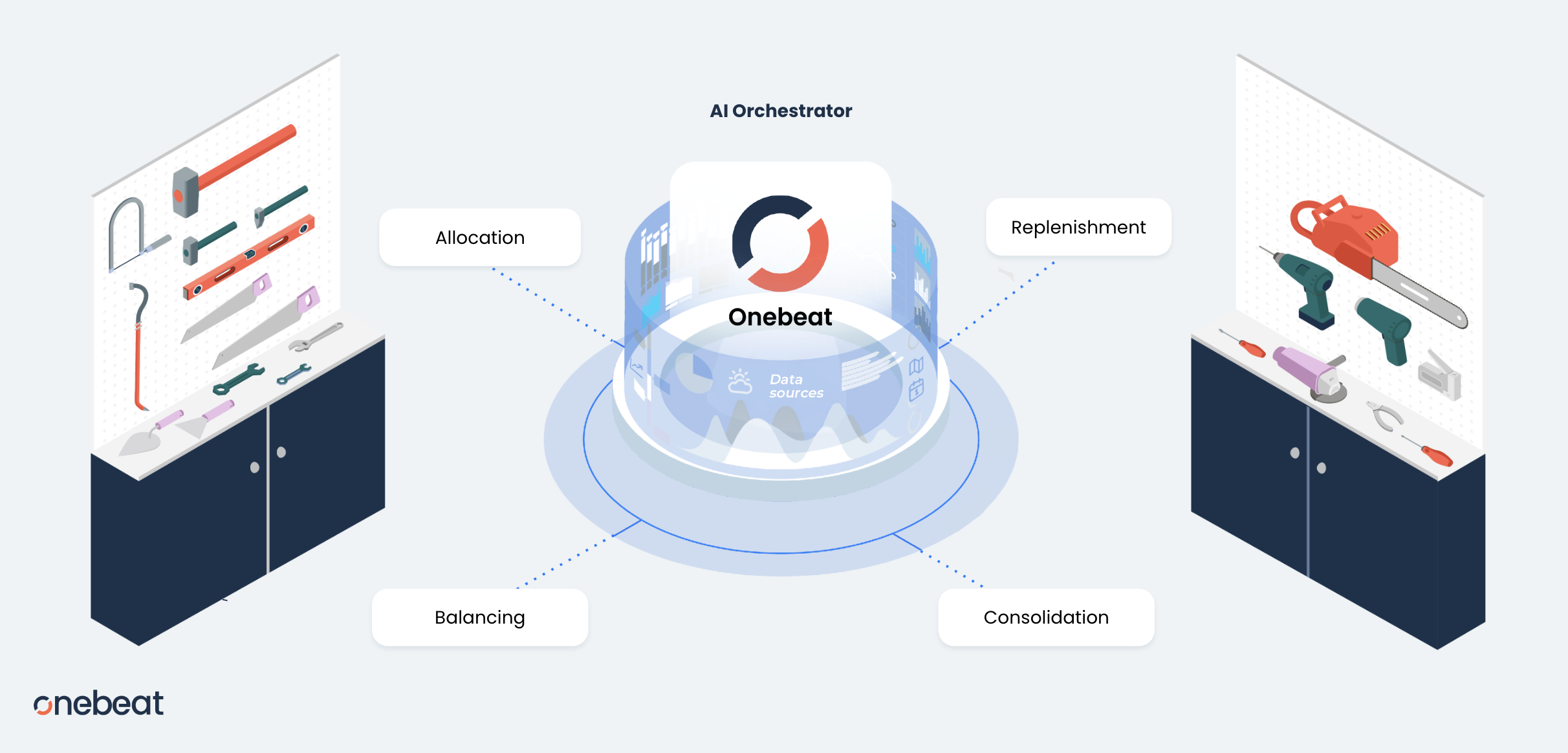Retail has always been a complex dance between vision and reality. Headquarters sets the strategy—selecting assortments, planning promotions, and building forecasts—while frontline teams bring that strategy to life in stores. But increasingly, the rhythm is breaking down.
In today’s environment, customer demand shifts by the day. Supply chains remain unpredictable. Digital channels amplify trends in real time. A plan designed months in advance, no matter how sophisticated, can quickly feel disconnected from what’s happening in the aisles.
This isn’t just an operational nuisance. It’s a structural problem that impacts margins, sell-through, and customer loyalty. The real challenge isn’t designing smarter strategies—it’s ensuring those strategies reach customers in the form of timely, consistent execution.
Why Forecasting Alone Falls Short
Forecasting has been the backbone of retail planning for decades. And to be clear, it will always play a role. But forecasts are only as good as the assumptions behind them, and no model can perfectly anticipate how customers will behave in a volatile environment.
A forecast might suggest a particular product will sell well across the region, but demand may concentrate heavily in one city while lagging elsewhere. By the time the imbalance becomes visible in sales reports, stores may already be sitting on excess in one place and facing shortages in another.
The solution isn’t more forecasting. It’s building the ability to respond dynamically—adapting daily, as demand patterns emerge. That means making decisions at the level of the SKU and the store, then empowering frontline teams to execute those decisions with speed and clarity.
The Missing Link: From Intelligence to Action
Most retailers already sit on mountains of data about inventory, sales, and customer behavior. The real challenge isn’t gathering insight—it’s turning it into action. Too often, those insights get trapped in dashboards and reports, disconnected from the very workflows where decisions need to happen.
For retailers to thrive in this environment, they need a closed loop between intelligence and execution. Intelligence provides the signal: where inventory should flow, what price should be adjusted, which shelves should be replenished. Execution ensures the signal translates into consistent action on the floor.
This is where real-time retail takes shape—not in the abstract promise of “better data,” but in the tangible ability to connect strategy with frontline behavior at scale.
Busy Beaver: A Case Study in Real-Time Execution
Busy Beaver, a growing home improvement retailer with nearly 20 locations across Pennsylvania, Ohio, and West Virginia, offers a powerful example of this shift.
Like many retailers, Busy Beaver faced a familiar challenge: balancing inventory across stores. One location might be overstocked, tying up capital in slow-moving items, while another location couldn’t keep bestsellers on the shelf. The issue wasn’t lack of visibility. Data on inventory levels existed. The issue was acting on that data in a way that was timely, coordinated, and consistent.
By pairing Onebeat’s real-time inventory optimization with Zipline’s execution platform, Busy Beaver created a seamless connection between intelligence and action. When Onebeat identified that an item should be moved from one store to another, Zipline translated that recommendation into a clear, trackable task for store associates.
The impact was immediate:
- Store-to-store transfers were completed faster and more accurately.
- Customers were more likely to find what they needed on the shelves.
- Excess stock was reduced, improving working capital efficiency.
- Store teams gained clarity and confidence, no longer left to interpret complex reports.
This wasn’t just about fixing transfers. It was about creating an operating rhythm where strategy and execution moved in sync—daily, and at scale.
A New Operating Model for Retail
Retailers are realizing that success requires moving beyond the old playbook of seasonal forecasts and static execution cycles. The future belongs to those who embrace continuous flow: sensing demand, adjusting inventory, and aligning execution every single day.
This new operating model has three defining features:
- Dynamic intelligence. Decisions made at the SKU-store level, powered by real-time data rather than seasonal averages.
- Seamless communication. Associates receive clear, actionable instructions that align with corporate strategy and are easy to carry out.
- Empowered teams. Frontline workers understand not just what to do, but why it matters—fostering accountability and engagement.
When these elements come together, the results are transformative. Retailers unlock higher margins, faster turns, fewer stockouts, and more engaged teams. Customers get what they came for—when and where they want it.
The Road Ahead
The retail industry is entering an era where execution is no longer just operational—it’s strategic. The organizations that win will be those that close the gap between HQ and the store floor, between strategy and action.
At Onebeat, we’ve seen firsthand how connecting real-time intelligence with execution empowers retailers to thrive in unpredictable markets. Together with partners like Zipline, we’re helping retailers not just plan for the future, but respond to it—turning volatility into opportunity.
Because in the end, strategy doesn’t win until it reaches the customer. And execution is how you get there.

Onebeat


